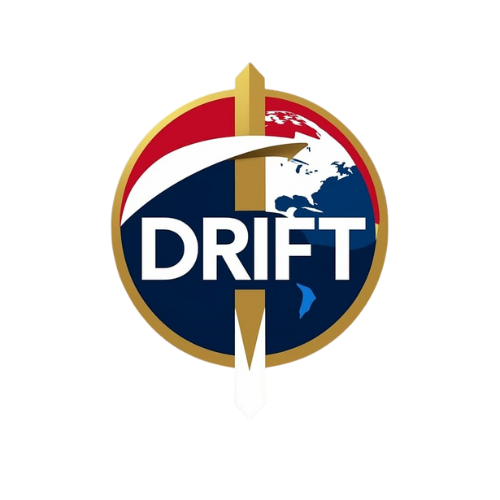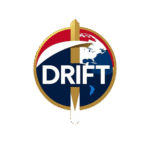- driftmissions.com
- DRIFT MISSIONS 3501 NE 3rd Avenue Pompano Beach, FL
Panama Trip
EXPERIENCE THE LAST FRONTIER
Building lasting relationships while sharing Christ’s love in Panama.
Join hands with Panama pastors to strengthen their churches and communities.
Panama At Glance
Population 4.5 million
Region: Mestizo
Climate 24°C to 30°C
Income: $34,018 /year
Language Spanish English Native Languages
Religion Christianity
Ethnicity Indigenous peoples, Afro-Caribbeans, European descendants
PANAMA TRIP
A mission trip to Panama is an incredible opportunity to serve in a nation where diverse cultures, traditions, and faith intersect. Located at the crossroads of North and South America, Panama is not only home to the world-famous Panama Canal but also to vibrant cities, tropical rainforests, coastal communities, and indigenous villages.
As part of the trip, you’ll partner with local churches, schools, and organizations to share the Gospel, lead youth and children’s programs, assist with community projects, and bring encouragement to families. Many communities, especially in rural areas, face challenges such as limited resources, poverty, and lack of spiritual support—your presence helps bridge those gaps with love, hope, and practical service.
Panama’s people are warm and welcoming, with a rich cultural blend of Spanish, Afro-Caribbean, Indigenous, and North American influences. From the bustling streets of Panama City to the quiet villages of the interior, every encounter offers a chance to build meaningful connections and experience the beauty of their hospitality.
What type of work will we do on the Panama mission trip?
Teams often serve through youth ministry, community projects, evangelism, and assisting local churches.
Do I need to speak Spanish to join?
No, but basic Spanish helps. Translators and bilingual team members are usually available.
What is the climate like during the trip?
Warm and tropical year-round; expect sun and possible rain depending on the season.
Is Panama safe for mission trips?
Yes, most areas are safe, especially when traveling with a guided mission team.
What currency will I use in Panama?
The U.S. Dollar is used for most transactions, along with the Panamanian Balboa.
What kind of accommodations should I expect?
Teams typically stay in local guesthouses, churches, or mission centers with basic accommodations.
What cultural experiences can we expect?
Teams often enjoy traditional Panamanian food, music, dance, and visits to local communities.
Basics
Panama is a Central American country known for its unique location connecting North and South America. It has a population of about 4.5 million people, with Panama City as its vibrant capital. The country is most famous for the Panama Canal, which serves as a major international trade route, but it’s also rich in culture, biodiversity, and history.
Language, Climate & Safety
In Panama, the official language is Spanish, though English is commonly spoken in business, tourism, and among younger generations. Visitors will find it easy to communicate in major cities, while rural and indigenous areas may use local dialects. The country enjoys a tropical climate with warm temperatures year-round, ranging between 24°C and 30°C (75°F–86°F). The dry season (December to April) is sunny and ideal for outdoor activities, while the rainy season (May to November) brings short but heavy tropical showers. Safety in Panama is generally good for travelers, especially in areas frequented by mission teams and tourists. Normal precautions, such as staying in groups, avoiding isolated areas at night, and keeping valuables secure, help ensure a safe and enjoyable trip.
Economy & Currency
Panama has one of the strongest economies in Central America, largely due to the Panama Canal, international trade, banking, and tourism. The official currency is the Balboa (PAB), which is pegged to the US Dollar (USD). In practice, the U.S. Dollar is used for most transactions, making travel and trade convenient for visitors.
Food & Fun
Panamanian cuisine blends Spanish, Afro-Caribbean, and Indigenous influences. Popular dishes include sancocho (chicken stew), arroz con pollo (rice with chicken), and fresh seafood from both the Pacific and Caribbean coasts. For fun, visitors enjoy beaches, rainforest hikes, Panama Canal tours, traditional music and dance, and colorful festivals like Carnival.
History & Religion
The majority of Panamanians identify as Roman Catholic, followed by Protestant Christian denominations. Panama’s history is shaped by its strategic location as a trade hub, from pre-Columbian indigenous civilizations to Spanish colonization, and later its independence from Colombia in 1903 with U.S. support. The building of the Panama Canal made the country a global crossroads, influencing its culture and economy.
Experience a Mission Trip in Panama
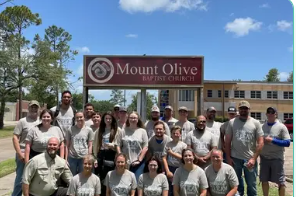
Word of Life Panama
reaching young people through camps, training, and discipleship programs.
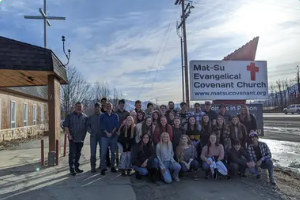
Panama Missions Network
connecting local churches with global partners to serve communities in need.
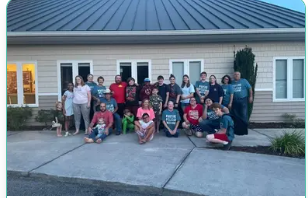
Casa Esperanza
supporting children and families with education, meals, and shelter services.
READY? LET'S GO!
Search below to find your ideal trip, then use the request info button to be contacted by one of our missions consultants.
PANAMA TRIP SEARCH
We partner with local churches worldwide to share the Gospel, meet community needs, and create lasting, Christ-centered change.
Contact info
- DRIFT MISSIONS 3501 NE 3rd Avenue Pompano Beach, FL
- 561-585-2515
- driftmissions.com
